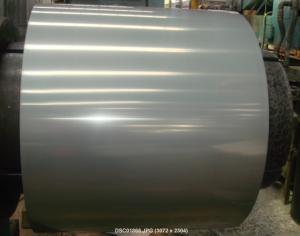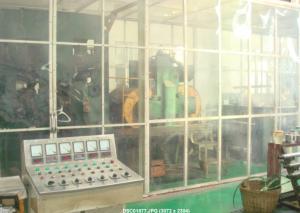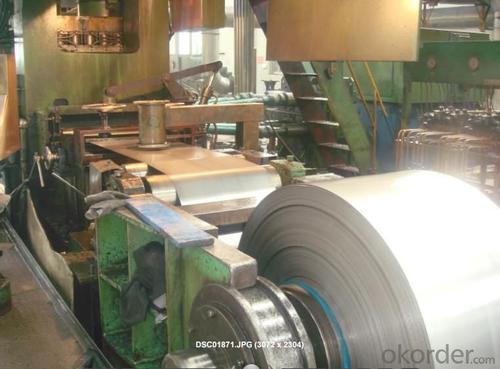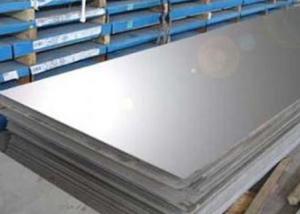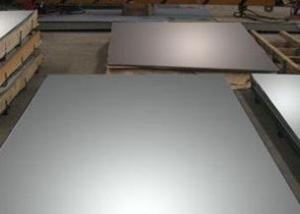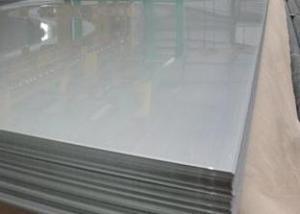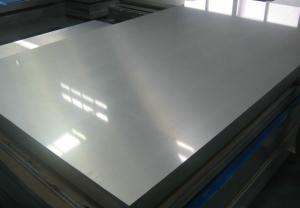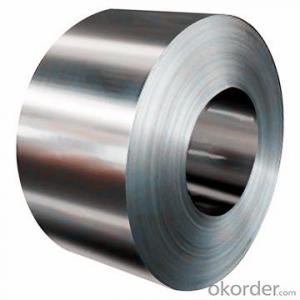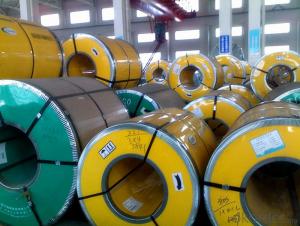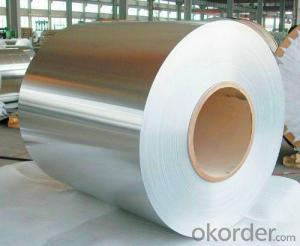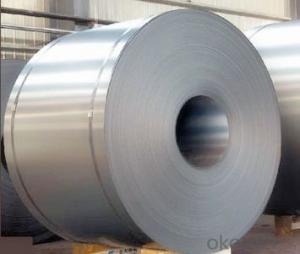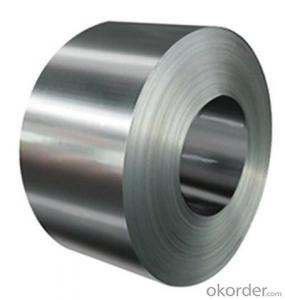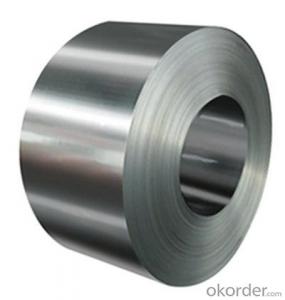201 Stainless Steel Coil / Sheet
- Loading Port:
- China Main Port
- Payment Terms:
- TT or LC
- Min Order Qty:
- 20 Ton m.t.
- Supply Capability:
- 20000 per month m.t./month
OKorder Service Pledge
OKorder Financial Service
You Might Also Like
201 Stainless Steel Coil / Sheet
1.Size of 201 Stainless Steel Coil : Thickness: 0.3mm ~~ 6mm, Width: 650mm ~~ 2100mm, Length: to be customized.
2.Material of 201 Stainless Steel Coil :SUS201,202,301,304,304L,316,316L ,321 etc.
3.Standard of 201 Stainless Steel Coil :AISI,JIS,GB,DIN
4.Finish of 201 Stainless Steel Coil :Black, No.1, 2B, 2D, BA, NO.3, NO.4, SB, NO.8, HL
5.Testing of 201 Stainless Steel Coil :Each heat number and batch must be tested for both chemical and mechanical properties
Stainless Steel Coil / Sheet | |
Standard | JIS, AISI, ASTM, GB, DIN, EN |
Property | Stainless steel coil, Stainless steel sheet, Stainless steel plate, stainless steel |
Length | 1-12m |
Quality | prime |
Manufacturing Process | factory direct sale |
Surface Treatment | Black, No.1, 2B, 2D, BA, NO.3, NO.4, SB, NO.8, HL |
Main Grade | 201,201,301,302,303,304,321,316,316L,309,310,309H, 310S,431,430,420,430F |
Model Number | 304 stainless steel channel,201 stainless steel channel |
MOQ | 20 ton |
Trade Term | FOB China mainport |
Payment term | T/T or L/C |
Price | negotiable |
Packing | Export packing |
Dilvery time | 20days or depend on order quantity |
Container | The capacity for a 20" container:20-24tons |
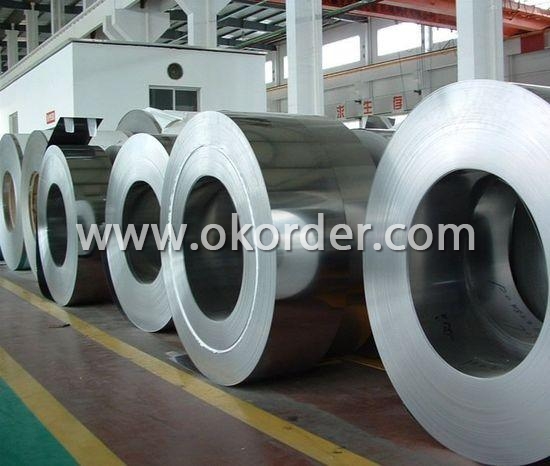
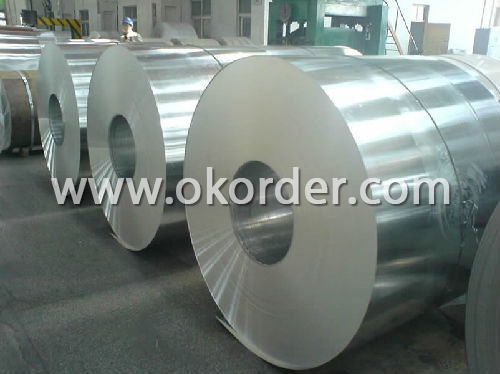
- Q: What are the main stainless steel belt used in the industry and products?
- Judging from the industry composition of stainless steel consumption, the automotive industry is the fastest growing area of stainless steel application. Chinese household electrical appliance industry is a potential big market for stainless steel applications. In addition, the demand for stainless steel in the water industry, construction and construction industry, environmental protection industry and industrial facilities will also increase year by year. Specifically:
- Q: What are the typical thicknesses of stainless steel strips?
- The thicknesses of stainless steel strips typically differ based on the specific application and industry requirements. However, stainless steel strips commonly fall within the thickness ranges of 0.025 inches (0.635 mm) to 0.1875 inches (4.76 mm). These particular thicknesses find frequent application in industries like automotive, aerospace, construction, and manufacturing. It should be emphasized that stainless steel strips can be tailor-made to fulfill specific thickness needs, meaning the aforementioned range is not all-encompassing.
- Q: Can stainless steel strips be used in automotive applications?
- Yes, stainless steel strips can be used in automotive applications. Stainless steel is known for its durability, corrosion resistance, and strength, making it suitable for various automotive components such as exhaust systems, trim, and brackets.
- Q: Can stainless steel strips be used in chemical pumps?
- Indeed, chemical pumps can employ stainless steel strips for their operation. Stainless steel boasts remarkable resistance against corrosion and can endure exposure to a diverse array of chemicals. It finds widespread application in the fabrication of chemical pumps and other apparatuses that encounter corrosive substances. By utilizing stainless steel strips, the pump's robustness and longevity are secured, rendering it apt for handling a multitude of chemical variants.
- Q: What are the recommended safety precautions for handling 111 stainless steel strips?
- When handling 111 stainless steel strips, it is important to follow certain safety precautions. These may include wearing protective gloves and safety glasses to prevent cuts and eye injuries. Ensuring proper ventilation in the work area is also crucial to avoid inhalation of any fumes or dust particles released during handling. Additionally, using appropriate lifting equipment or techniques can help prevent strain or injuries to the back and muscles. Regularly inspecting the strips for any sharp edges or defects and storing them in a secure manner can further reduce the risk of accidents.
- Q: What are the factors affecting the creep resistance of 111 stainless steel strips?
- The factors affecting the creep resistance of 111 stainless steel strips include the alloy composition, grain size, temperature, and applied stress. The presence of elements like chromium, nickel, and molybdenum enhances creep resistance. A fine grain structure enhances resistance, while higher temperatures and applied stresses can reduce the creep resistance of the stainless steel strips.
- Q: Are stainless steel strips suitable for outdoor applications?
- Yes, stainless steel strips are suitable for outdoor applications. Stainless steel is known for its excellent resistance to corrosion, making it highly durable in outdoor environments. It is resistant to rust, oxidation, and weathering, making it an ideal choice for applications that will be exposed to moisture, rain, or extreme temperatures. Additionally, stainless steel is also resistant to UV radiation, making it suitable for outdoor applications that are exposed to sunlight. Its strength and durability also make it suitable for outdoor applications that require resistance to wear and tear. Overall, stainless steel strips are a reliable and long-lasting option for various outdoor applications.
- Q: How does the price of stainless steel strips vary?
- The price of stainless steel strips can vary depending on several factors. Firstly, the price is significantly influenced by the grade or quality of stainless steel used in the strips. Stainless steel comes in various grades, ranging from common ones like 304 and 316 to higher-end grades like 430 and 904L, each with different properties and resistance to corrosion. Generally, the higher the grade of stainless steel, the higher the price of the strips. Another factor that affects the price is the width, thickness, and length of the stainless steel strips. Thicker and wider strips require more raw material and processing, which increases the cost. Moreover, the length of the strips can impact the price because longer strips may require special handling during transportation and storage. The price of stainless steel is also influenced by market demand. When demand is high, prices tend to increase, and when demand is low, prices may decrease. Market dynamics, such as global supply and demand, trade tariffs, and economic conditions, can all contribute to fluctuations in the price of stainless steel strips. Lastly, the inclusion of additional services or treatments can impact the price. Surface finishes like brushed, polished, or coated strips may have higher costs due to the additional processing steps involved. Similarly, specialized treatments such as heat treatment, edge conditioning, or slitting can also affect the price. Therefore, to determine the exact price of stainless steel strips, it is essential to consider factors such as the grade, dimensions, market conditions, and any additional treatments required.
- Q: What are the common industry standards for stainless steel strips?
- The common industry standards for stainless steel strips include ASTM A240, ASTM A666, EN 10088-2, and JIS G4305. These standards specify the composition, mechanical properties, dimensions, and tolerances for stainless steel strips, ensuring consistency and quality across the industry.
- Q: Can 111 stainless steel strips be perforated for filtration applications?
- Indeed, it is possible to perforate 111 stainless steel strips for filtration purposes. Perforation of stainless steel strips enables the formation of delicate apertures or slits, which are crucial for filtration objectives. The dimensions and configuration of the perforations can be tailored to meet specific filtration criteria. Stainless steel is frequently favored for filtration applications owing to its robustness, resistance to corrosion, and capacity to endure elevated temperatures. Consequently, employing 111 stainless steel strips for perforation can present an efficient remedy for diverse filtration demands.
Send your message to us
201 Stainless Steel Coil / Sheet
- Loading Port:
- China Main Port
- Payment Terms:
- TT or LC
- Min Order Qty:
- 20 Ton m.t.
- Supply Capability:
- 20000 per month m.t./month
OKorder Service Pledge
OKorder Financial Service
Similar products
Hot products
Hot Searches
Related keywords

